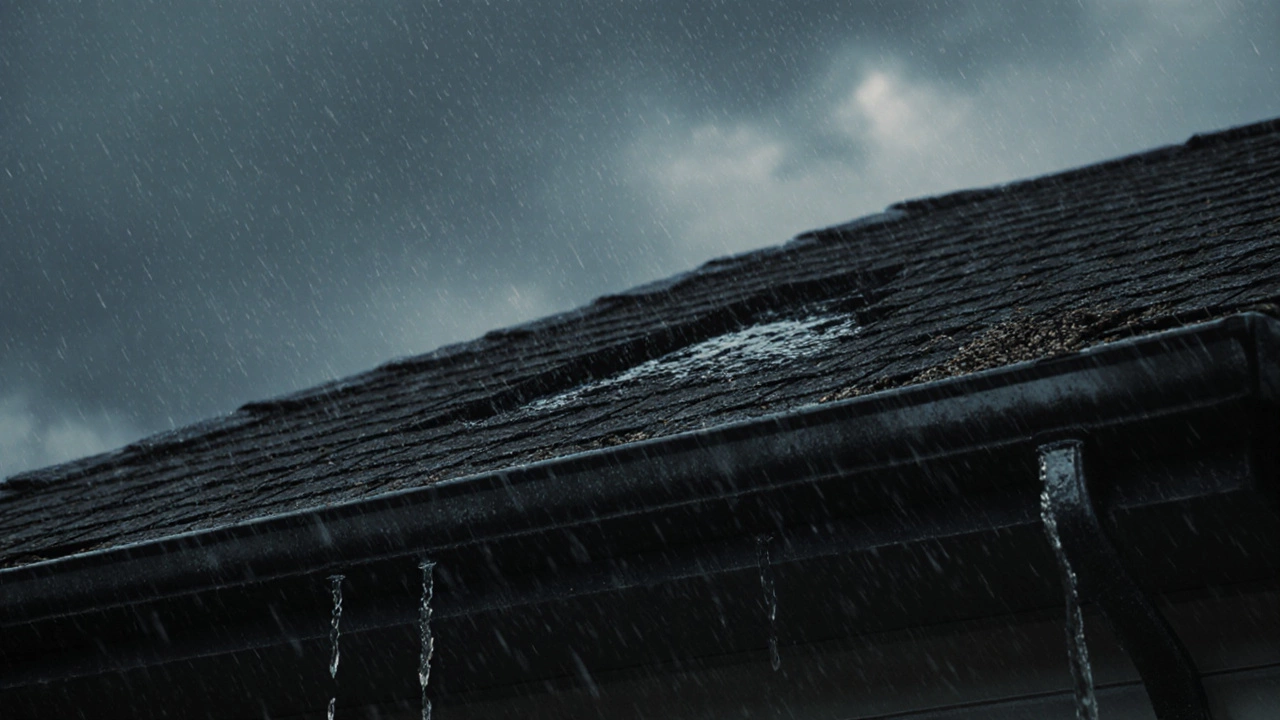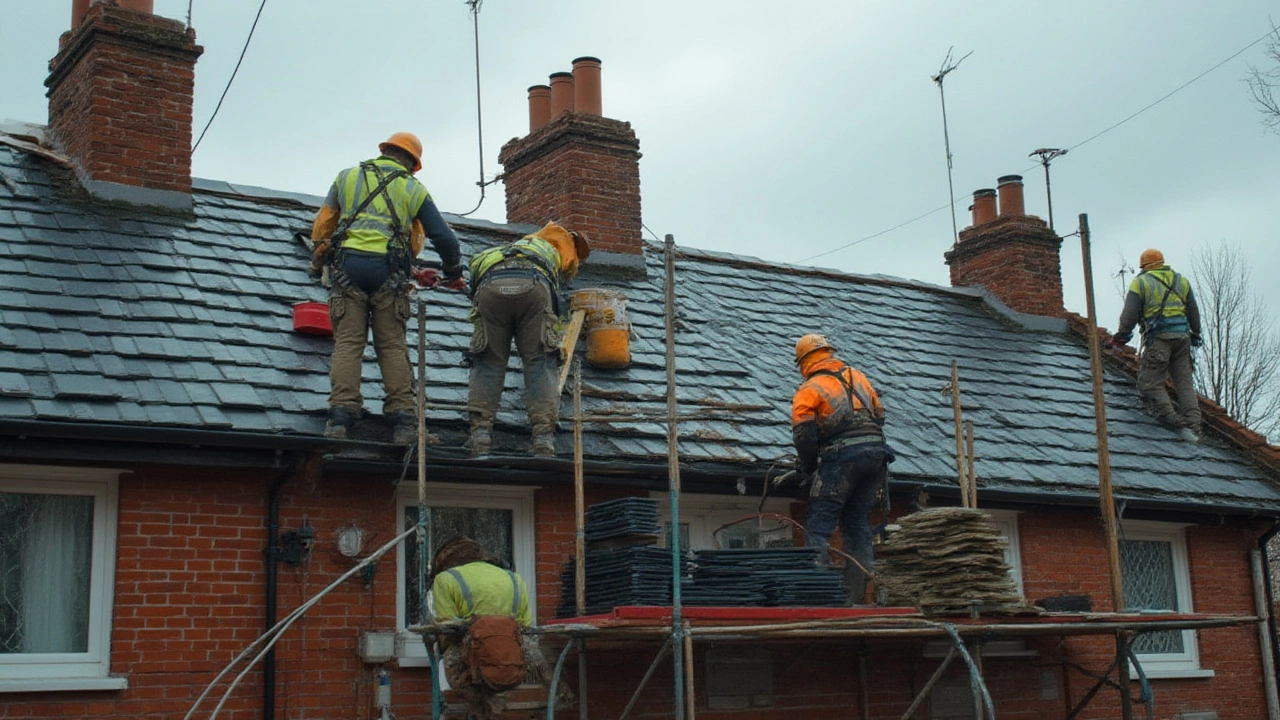Roof Repair: What You Need to Know
Got water stains on the ceiling or missing shingles? A roof problem can turn a normal day into a nightmare fast. The good news is most roof issues are easy to spot and fix before they get expensive. In this guide we’ll show you how to spot the warning signs, do a quick DIY check, and decide when it’s time to call a professional.
Common Roof Problems
First, let’s talk about the most frequent issues you’ll see on a typical UK roof. Leaks are the biggest headache – they usually start with cracked or curled shingles, damaged flashing, or a clogged gutter. Missing or broken tiles let water sneak in and can weaken the roof deck. Granule loss on the surface of a felt roof means the waterproof layer is wearing thin. Finally, ponding water on flat roofs signals a drainage problem that can lead to rot.
When you notice any of these, walk up to the roof if it’s safe, or use a ladder and a flashlight to inspect the area. Look for cracks, loose material, or anything that seems out of place. Even a small gap can cause big damage over weeks of rain.
When to Call a Professional
If the damage is more than a few cracked tiles, or if you see water inside the attic, call a roofer right away. Professionals have the right safety gear, can work on steep pitches, and know how to seal flashing correctly. They’ll also spot hidden issues, like rot in the roof deck, that you might miss.
Emergency roof repair is another situation where you shouldn’t wait. A sudden storm, a fallen tree, or a burst pipe can create a hole that lets a lot of water in fast. In these cases, a quick response can save your home from structural damage and costly mold cleanup later.
When you contact a roofer, ask for a written estimate that includes labor, materials, and any warranty. Good companies, like McNeil Plumbing & Construction Services, offer free inspections and transparent pricing. They’ll walk you through the repair plan and let you know how long the work will take.
For DIY‑friendly fixes, you can replace a few broken tiles yourself. First, lift the damaged tile, slide a new one into place, and secure it with the same nails or clips. Use roofing sealant around the edges to keep water out. Remember to wear sturdy shoes and a safety harness if you’re working on a steep roof.
Regular roof maintenance helps prevent big problems. Keep gutters clean, trim overhanging branches, and schedule an inspection at least once a year, especially after the winter season. A quick check now can avoid a costly repair later.
Bottom line: keep an eye on your roof, act fast when you see trouble, and don’t hesitate to call a pro for anything bigger than a simple tile swap. With the right approach, you’ll keep your home dry and safe without breaking the bank.


